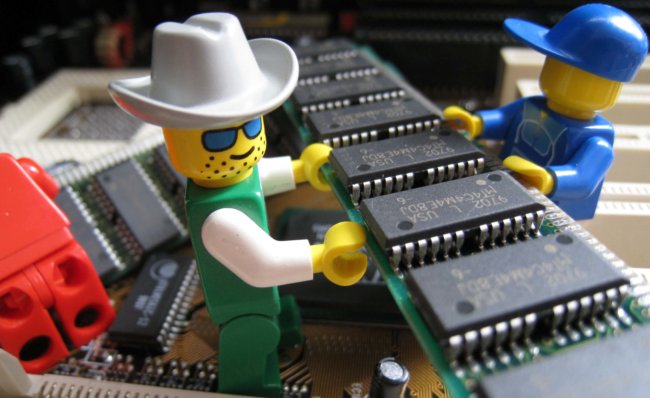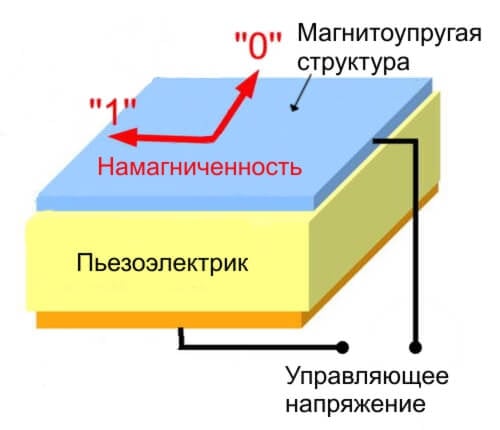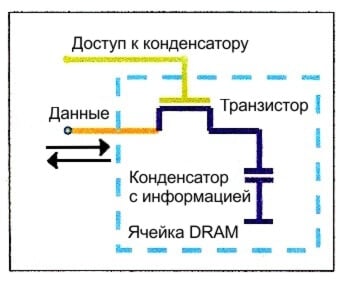
Today it is difficult to find an electronic device that would RAM. To use it tied up almost all the features of the functioning of the software. Although there is a “RAM” and a significant drawback – very high power consumption. According to the article, published in Applied Physics Letters, the group of experts from MIPT in collaboration with colleagues from IRE to them. V. A. Kotelnikov of RAS and the International laboratory LIA LICS managed to develop a memory of an absolutely new type. The approach of scientists will not only reduce energy consumption but also significantly improve the performance of devices.
Cell “classic” memory (RAM) consists of a transistor regulating access to the condenser. The capacitor can be charged, and then its value is 1, or is discharged and its value, respectively, will be 0. Developed magneto-electric memory (MELRAM) consists of two elements: a piezoelectric substrate and a special layered structure. The piezoelectric elements can deform, if they apply tension or to create it if they deform. The layered structure has a strong magnetodipole (magnetic properties in it change with deformation). From the anisotropy of the layered structure, the magnetization can have two directions and put in the corresponding logic 1 or 0. The MELRAM memory (unlike RAM which is used now) is able to maintain its state even when disconnected from the network. As stated by Sergey Nikitov, the head of research, head of specialization of the Department of solid state electronics, Radiophysics and applied information technology MIPT, and his colleague Anton chumps, graduate student ffke MFTI,
“Industry RAM today is very highly developed, speed modules become faster, however, there is a drawback that due to the design of modern memory will not be able to overcome is the low energy efficiency. In our work, we demonstrated magneto-electric memory cell. It will reduce the energy cost of read and write tens of thousands of times. We have created a sample size of about a millimeter and have demonstrated its operation. It is important to note that on the basis of the used structures can be created and nanometric cells, similar in size to those used in conventional RAM”.


When the memory cell MELRAM a voltage is applied, the piezoelectric substrate is deformed, and, depending on the nature of the strain, the magnetization changes direction and starts recording of the information. However, if the direction of the magnetic field changes, then there is some additional strain in the sample that can be registered, thus recognizing the condition. Because reading can change the magnetization direction, subsequently you want to overwrite the value read in the cell again.
Based on materials of the press service of MIPT
Created working model of memory based on the magnetoelectric effect
Vladimir Kuznetsov